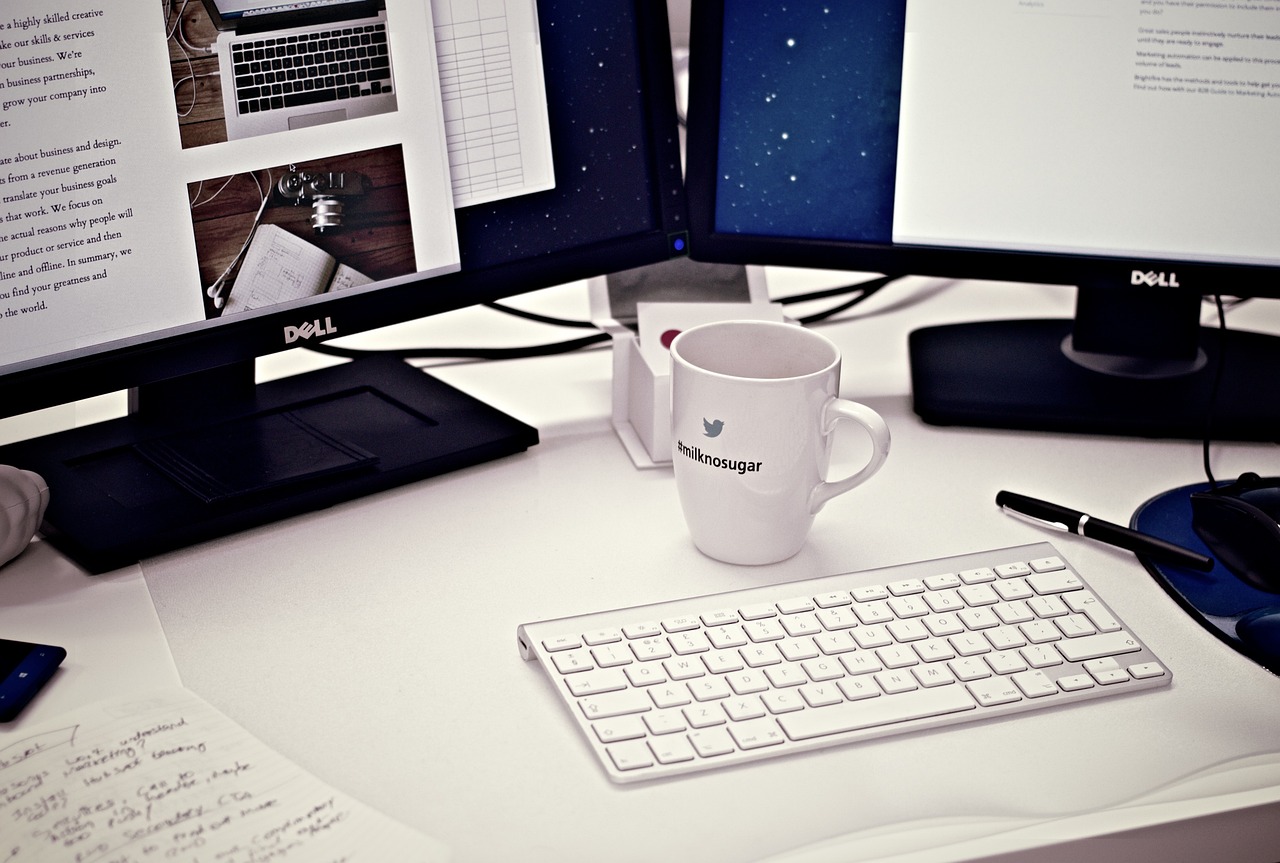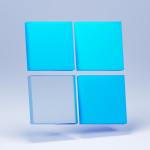How to Clone a Hard Drive on Windows

November 28, 2022
Say you have just decided to upgrade your computer’s storage to an SSD or pick up a new external drive. Whichever the case, you may need to migrate the data on your older hardware to the new one.
For many people, the way out would be to copy the files. But, as we will see briefly, that is not always the best solution. The alternative, disk cloning, will create an exact 1-to-1 copy of your storage device to the target drive. Unlike regular copying, it is not limited to just the files you can see but includes things like the operating system, partition tables, settings, and more. Effectively, cloning perfectly replicates the content of one disk onto another.
In this post, you will learn the benefits of cloning a hard drive, as well as the steps to take to clone a hard drive on Windows.
Why Should You Clone a Hard Drive?
There are quite a few reasons for cloning your hard drive. Let’s consider the below:
Bumping Up Your Storage Space
When you first buy a computer, its hard drive’s storage may seem like a lot. But as many people realize later, much to their chagrin, the disk space can fill up pretty quickly. If deleting your files is not really an option, you may need to upgrade to a larger-capacity hard drive. When you do, cloning the old hard drive will allow you to move on without any unsettling changes.
Creating a Backup
Cloning is an effective computer backup option. You can install a second internal hard drive on your desktop (and some laptops). That way, the older, smaller drive can act as a backup after you clone the newer one with the larger storage capacity.
It’s virtually the same thing with an external drive. You could clone a spare external drive so that it acts as a backup for your internal disk.
Better Performance
Upgrading to a larger hard drive means you get more space for your data, but it is more of the same in terms of performance. Solid-State Drives (SSDs) beat the standard HDD in speed, energy efficiency, and durability. While they are more expensive in general, prices for SSDs have become more affordable over time.
As a result, more people are swapping out their hard drives for the better performer. When you buy an SSD, cloning your hard drive will migrate your files onto it.
What Should You Do Before Cloning a Hard Drive
Cloning your hard drive is not the most difficult task in the world, but things can go wrong. Before you begin, it is recommended that you put a few things in place to prevent this.
1. Choose the Right Target Drive
Your new storage drive must be compatible with your computer and your needs. The good news is, there is not a gulf of difference between brands. That said, for a hard disk, get one with the right capacity. This does not necessarily mean the largest capacity you can find, as those can be slower than midsized ones. Just make sure that it is larger than the source drive.
This carries on to SSD – it must have enough space for your data and then some. What’s more, you need an SSD that comes with support for your computer’s motherboard.
2. Create a Data Backup
Your hard drive likely contains data that you don’t want to lose. As is the case with processes such as these, there is a small chance that something could go wrong. If that happens, you could end up losing all that information.
To prevent this from happening, make sure that you back up your data to an external storage device before you clone it. That way, if an issue arises, you can always restore your files.
3. Delete Unnecessary Data
A disk clone will create a carbon copy of your hard drive – including all the useless files you have been meaning to get rid of. Before you begin the cloning process, delete the temporary and duplicate files, junk, and cache data. Also, make sure to uninstall any programs that you no longer have any use for.
4. Get the Necessary Tools
The new target drive aside, there are a few other tools you need to clone your hard disk, such as a SATA cable. If your laptop only has a single hard drive slot, buy a SATA-to-USB cord to connect your new storage device. Not all computers come with SATA ports. If that’s the case with yours, you must get an adapter.
You will also need to install third-party disk cloning software. There are several options available, including free and paid tools. It is important to choose the right program to drastically reduce the chances of potentially costly errors.
How to Clone a Hard Drive on Windows
Windows 10 comes with a native tool called System Image for creating an exact snapshot of your hard drive, including your files, installations, and OS. While this can certainly come in handy, it is limited as it does not allow you to create a clone to a new hard disk or SSD.
As I previously mentioned, there are several third-party options for cloning your hard disk. Of them all, I recommend EaseUS Todo Backup. The tool has several features that push it ahead of alternatives, including flexible cloning options, SSD optimization, and the ability to resize partition sizes. It has the highest success rate in the market.
Let’s dig in. Here are the steps to clone a hard drive on Windows:
- Connect the target HDD/SSD to your computer.
For this, you need a SATA cable, a power cable, and a screwdriver to open the computer case if you use a desktop. Turn off the computer and remove all unused cables. Remove the case, and plug in the target drive with the SATA cable. Close the computer case once more with the screwdriver.

For a laptop, use the USB adapter.
- Initialize the target drive.
You must initialize a new SSD or HDD, or Windows will not detect it.
– Right-click the Start button. Click “Disk Management”.
– Right-click the new drive. If labeled “Offline”, right-click and select “Online”. Click “Initialize Disk”.
– Select the partition style: Master Boot Record (MBR) or GUID Partition Table (GPT). MBR is the common choice. You can clone from one to the other with EaseUS Todo Backup.

- Begin the hard drive cloning process.
EaseUS Todo Backup lets you choose between “System Clone” and “Disk/Partition Clone”. The former automatically selects the partition and disk.

System Clone
– Click “Tools”.
– Select “System Clone”.
– Select the destination drive.
– Click “Next” to clone the hard drive.

Disk/Partition Clone
– Click “Tools”.
– Select “Clone”.
– Select the source disk or partition.
– Select the target drive.
– Click “Next” to clone the hard drive.

4. EaseUS Todo Backup will prompt you that the process will erase all data from the target drive if present. Click “Continue”.

- Boot from the cloned hard drive.
The steps here differ depending on whether you want to keep both the old and new disks or if you only want to keep the new disk.
Case 1: Keep both old and new disks.
– Restart the computer. Press F2 (F8, F10, DEL…) to enter BIOS settings.
– Select the new disk as the new boot drive in the Boot section.
– Exit BIOS. Restart your computer.
Case 2: Keep just the new disk.
– Unplug the old disk, keeping the new disk connected.
– Check to make sure your computer detects the new disk.
– Restart your computer

Summary
There you have it. If you followed the steps carefully, you now know how to clone a hard drive on Windows. I hope you found the guide helpful. Whatever your reason for wanting to do this, EaseUS Todo Backup offers an array of options to get the job done efficiently.








